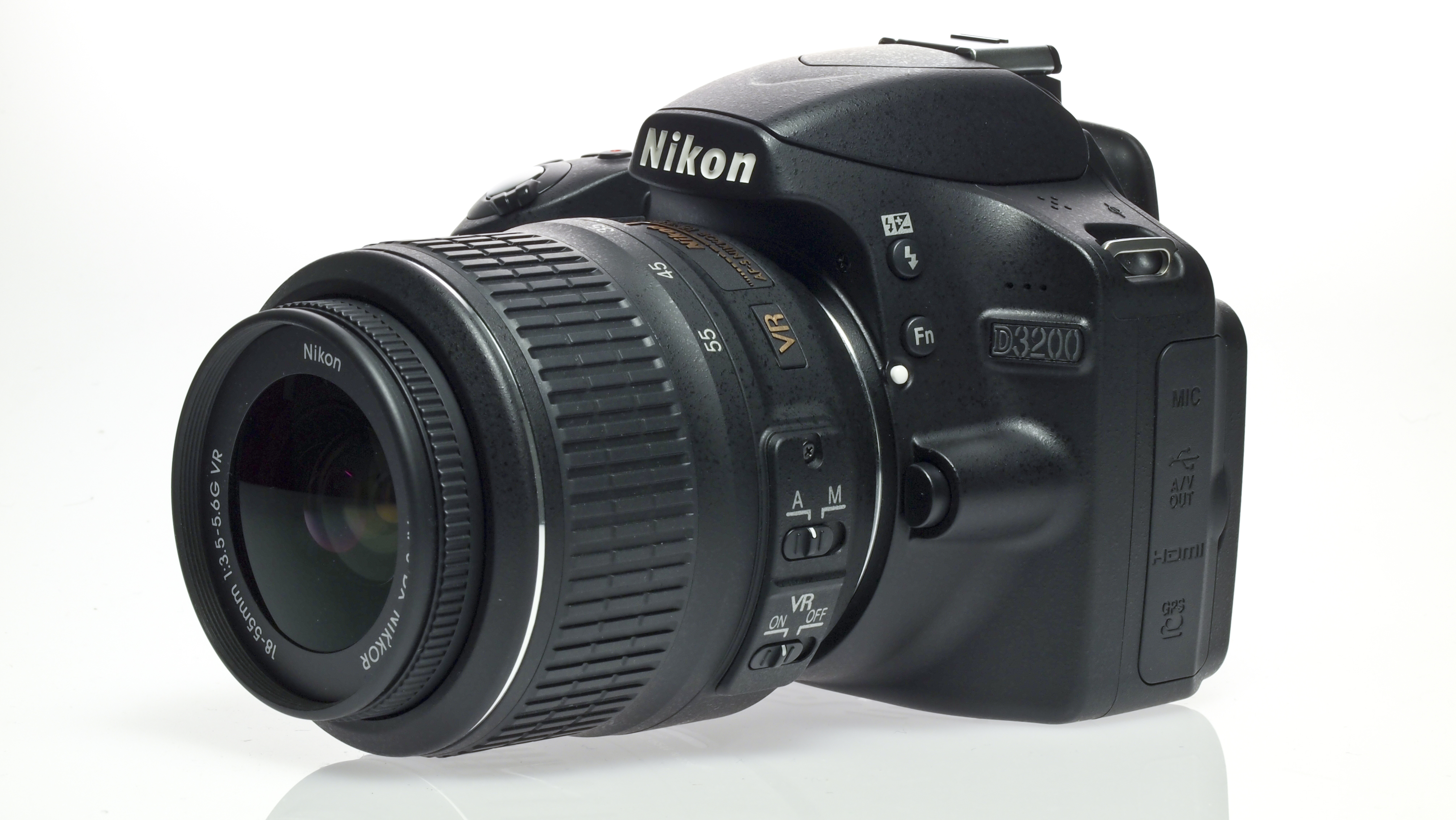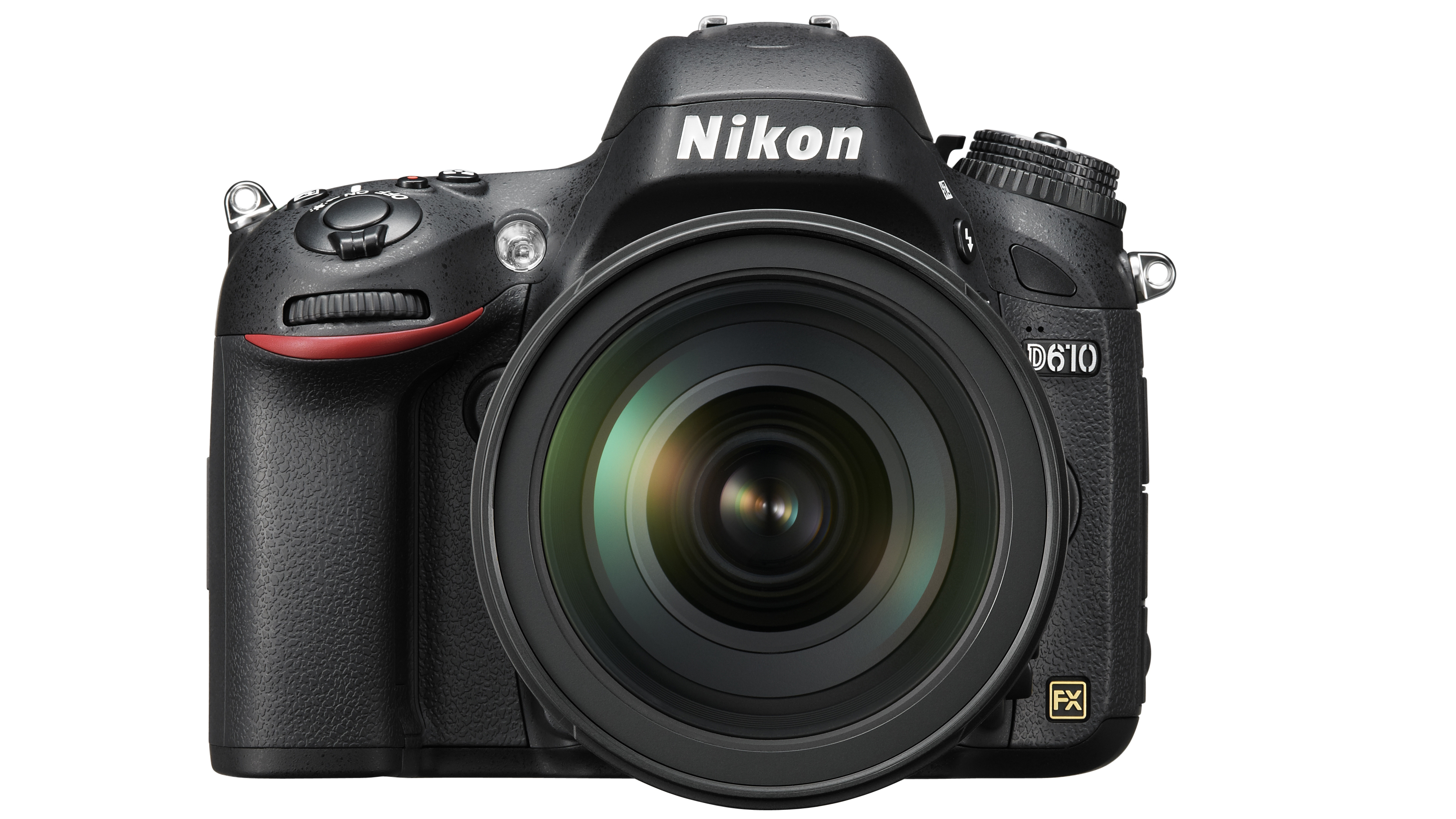Why you can trust TechRadar
The Nikon D600 is an excellent camera marred by a problem that disappears after around 3000 or so shots have been taken and the sensor is given a good clean. The Nikon D610 is a similarly good camera with a few very minor changes and a new shutter mechanism that appears to resolve the D600's dirty sensor problem.
So few are the changes made with the D610 that we have to wonder if it would exist if the D600 hadn't had the sensor problem. Probably not.
There are likely to be some bargain D600s available for a while and some photographers may be willing to put up with cleaning the sensor until the shedding problem dries up to save some cash. They will find they have an excellent camera and it seems unlikely that there will be another upgrade in the very near future.
Putting the matter of the new shutter mechanism and what it is designed to achieve aside, the D610 is a very good camera that offers a superb introduction to full-frame photography. It has a wealth of features and produces excellent images.
We liked
At $1997/£1962 body only the D610 isn't a cheap camera, but it's a relatively affordable step into full-frame photography for Nikon lovers. A full-frame sensor brings benefits to wide-angle shooting and depth of field control.
The D610 has a nice, solid feeling body and there are plenty of direct controls so that adjustments can be made quickly and easily.
We disliked
Nikon appears to have missed the opportunity (or not had the time) to include a few features that are becoming popular. Wi-Fi connectivity is fast becoming expected as people want to be able to control their camera remotely via a smartphone and transfer images wirelessly without having to buy an optional extra.
A vari-angle screen would've been nice for those who like to shoot from awkward angles, and a touchscreen would have elevated the camera making it the first full-frame SLR with touch-control.
We'd also like the Information display to be rethought a little, or perhaps made customisable so that only key features that need to be accessed frequently are available.
Final verdict
You might also like...

What camera should I buy? Your options explained
While the Nikon D610 is an excellent camera that's capable of recording plenty of detail in images with rich tones, good exposure and pleasant colours it is considerably more expensive the Canon 6D which can be bought for around $1899/£1475.
Those photographers who aren't tied to Nikon by a stash of lenses may feel tempted to invest in the Canon camera instead. It may not have the same pixel count as the D610, fewer AF points (11) and a slower maximum continuous shooting rate (4.5fps), but it's nevertheless extremely capable, produces superb images and has Wi-Fi and GPS technology built-in.
Existing D600 users are liable to have worked their way through the dirty sensor problem and are unlikely to feel tempted by the D610. Those looking for their first Nikon full-frame (FX) camera, however, will find that the D610 is a great choice.
While the D610 can't resolve more detail than the D7100 ($1,147/£839), thanks to its larger photosites it has greater dynamic range and a higher signal to noise ratio. This means that it produces cleaner images with greater tonal range. The FX sensor also means that depth of field can be more easily restricted to blur backgrounds (and foregrounds) and FX format lenses show their full width. These benefits don't come cheap, however - the D610 costs around $750/£636 more than the D7100.
